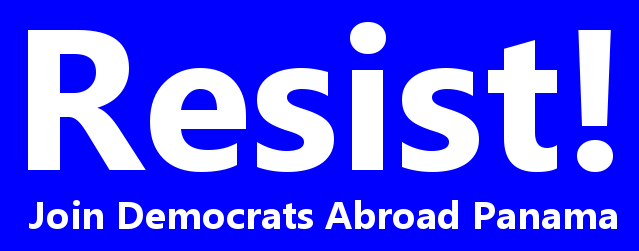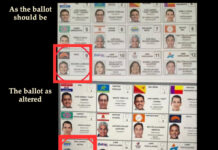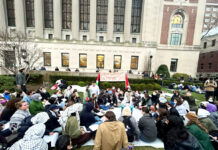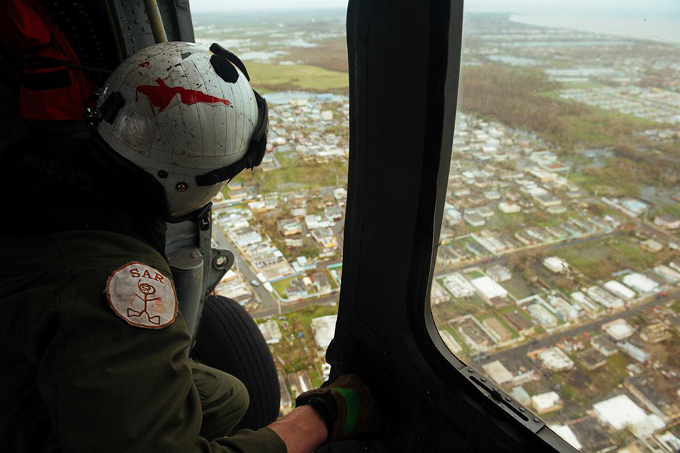
Nature having doused the limelight, Puerto Rico, its families and its friends cope
by Eric Jackson, from various other media
In these days of instant communications, people outside of the world’s metropoli should have already noticed that large areas of the world are already blacked out. After all, wars rage across much of Africa, and how often does anyone see things about them in the US corporate mainstream media? Get into places with underdeveloped or undeveloped transportation and communications infrastructures and modern reporting becomes difficult to impossible, and get beyond where many Americans know and the editors of downsized news corporations decide that it’s not worth their restricted budgets to cover.
But a lot of Americans do know Puerto Rico. About two-thirds of those who consider themselves Puerto Rican live in the continental United States, where they have elected several members of Congress and scores of state and local officials. The problem with covering the devastation of Puerto Rico is much more basic, even more basic than the economy-driven undercoverage of rural areas of the United States. It’s that the lights went out in Puerto Rico, and won’t be back for some time. The cell phone towers were toppled. Mostly via combinations of generators and portable satellite links we did see some of the first responses by local officials. NBC showed us an emotional mayor of San Juan as she dampened constituents’ expectations and began to mobilize them for the hard work and sacrifices to rebuild the city and island anew. AP showed us a city worker in Yabucoa struggling to reopen a road. But mostly silence — no Twitter tweets, no citizen journalist Facebook videos. With a government in Washington that was none too sympathetic to Puerto Rico before the hurricane hit, the Puerto Rican people have been left largely voiceless by the destruction.
So who will restore Puerto Ricans’ voice, eyes and ears to communicate with the rest of the world? In the first instance, the US Armed Forces, beginning with the hard-pressed Puerto Rico National Guard, which was already pressing toward the point of exhaustion with relief efforts for Hurricane Irma damages when Maria hit. At first there was a joint US military relief mission stationed in Puerto Rico, with the plan to assist both that island and the affected Leeward Islands. But Dominica was all but totally destroyed and the facilities in Puerto Rico so degraded that the task force was moved to Martinique and other islands. That effort is on its civilian end led by the US Agency for International Development, mobilizing military units from the US Southern Command. For Puerto Rico and the US Virgin Islands, the lead civilian agency is FEMA and military assistance is now through the US Northern Command. An early priority has been restoring basic communications links for public institutions and their officials, with signal units from different National Guards sending in satellite stations. Unlike in some of the independent Caribbean Islands where the Red Cross is running shelters, that function is handled by the government in Puerto Rico, but near the top of the list of things that the American Red Cross sent to the island were satellite phones.
A New York delegation led by Governor Andrew Cuomo and Congresswoman Nydia Velazquez arrived on a donated Jet Blue charter with relatively small offerings of food, bottled water and generators, but a main mission of coming away with information. The group left behind some of its members, a team of engineers from the state’s power authority, who will help in the prolonged task of getting the island’s power grind up and running again.
In Washington few politicians are talking about Puerto Rico, but President Donald Trump did declare the island a disaster area, which opens the door for a certain amount of federal funding for the recovery effort. It’s across the river in Virginia at the Pentagon, and down the street at FEMA headquarters, where people are working overtime to coordinate relief efforts for Puerto Rico.
New York’s Governor Andrew Cuomo and US Representative Nydia Velazquez (D-Brooklyn) were among the first civilian outsiders to get into Puerto Rico. They called on Washington for unity in response to the disaster. Cuomo used the visit to inform a state disaster response task force how its resources and efforts can best be directed toward hurricane relief. Puerto Ricans have US citizenship. Many islanders have lost jobs or homes, so expect that there will be an influx of new arrivals to the large Puerto Rican community of New York as people flee the island to seek refuge with whom they know.
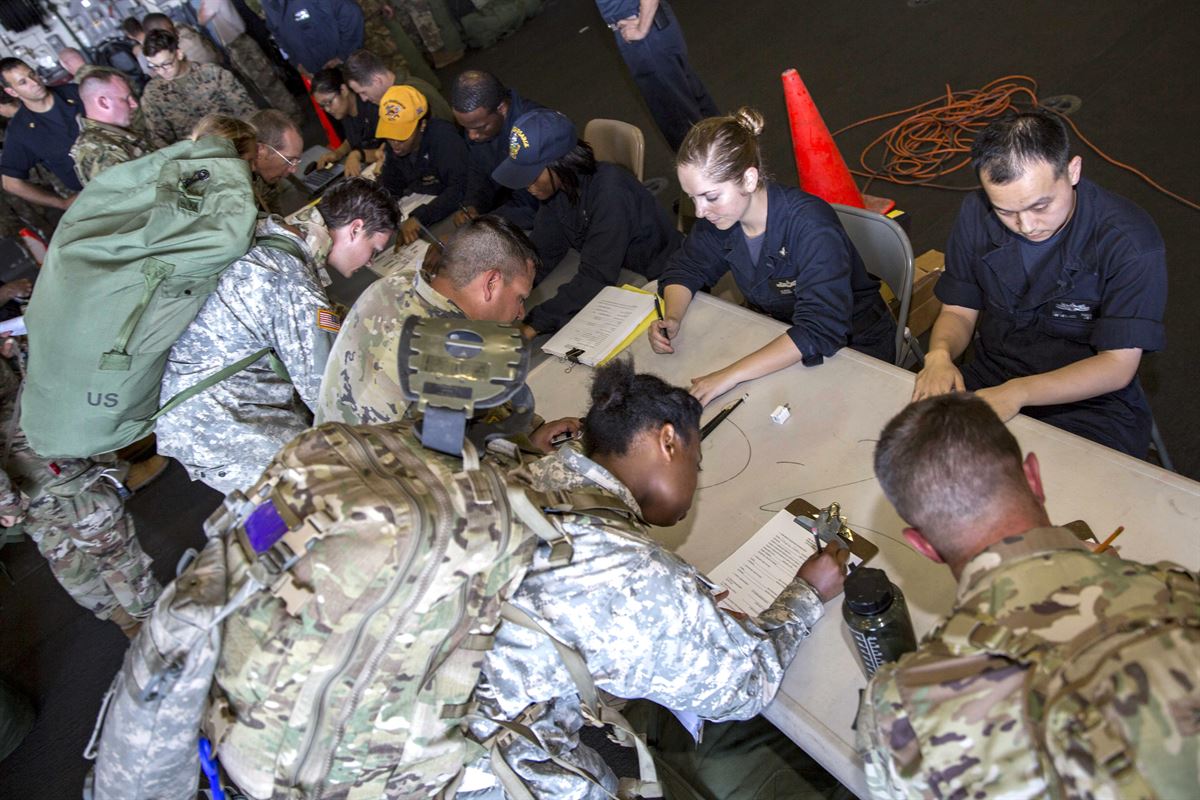
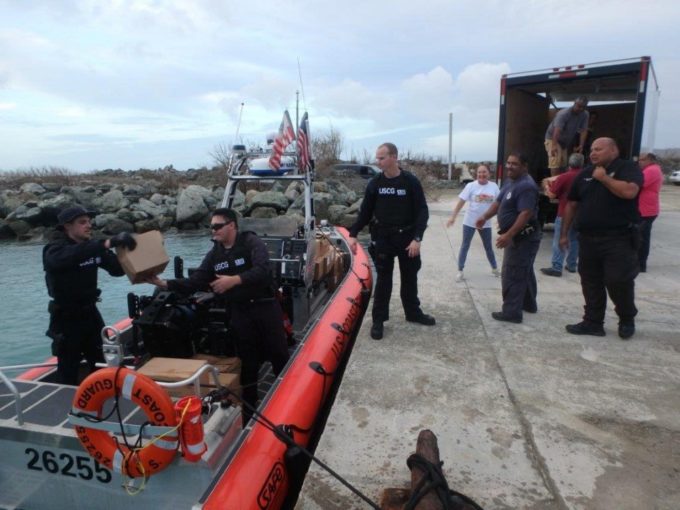
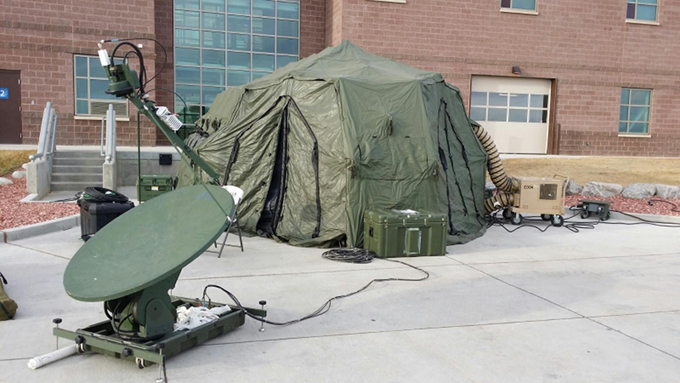
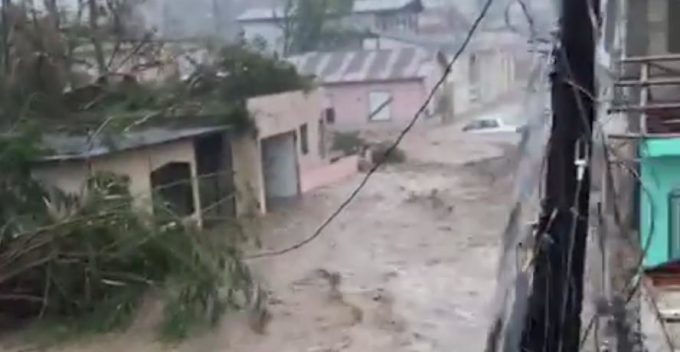
~ ~ ~
These announcements are interactive. Click on them for more information.



